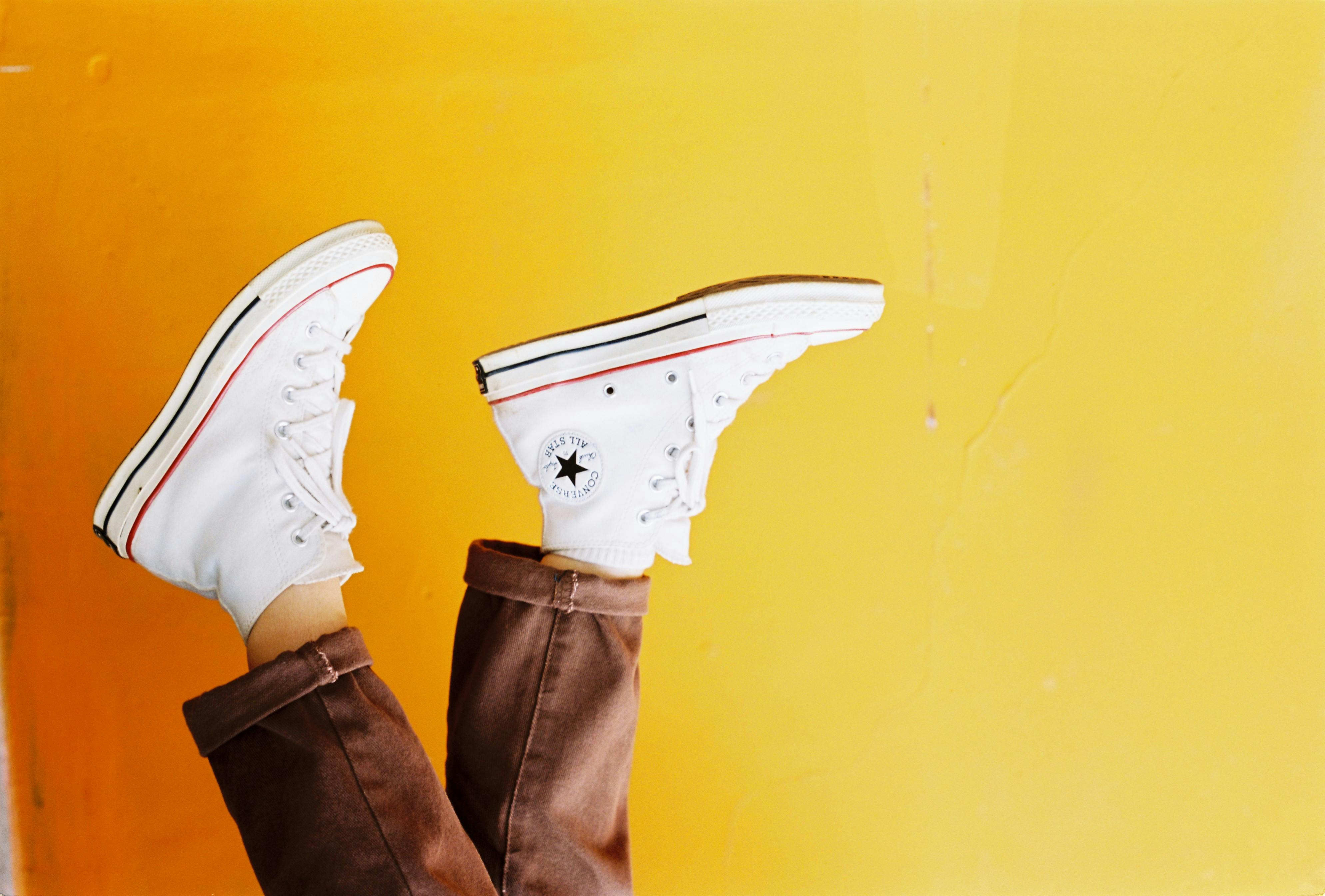Proper posture and body mechanics are essential to avoid back, neck, and shoulder pain. For pianists, these two essential elements make the difference between aching with the music and fully enjoying the experience.
A musician studies both his instrument and himself in developing his musical style. Part of this study for pianists should involve how you hold your body and how you interact with the piano. Proper form and ease of movement will reduce pain and improve your playing.
piano shape
Posture is one of the main determinants of muscle tension. Posture is poor when muscles are held at abnormal lengths. The following tips will help you maintain a correct posture in front of the piano, thus reducing muscle tension.
1. Don’t hunch over so your face is parallel to the keys. Some do this simply because it makes it easier for them to see the keys; others may do it unconsciously due to the stress of concentration. Sit up straight and use your eyes instead of your neck to look down.
2. Keep your shoulders low and loose. Tensing and lifting the shoulders is one of the most common postural mistakes people make when concentrating, particularly when using their arms.
3. Your forearms should be parallel to the ground. Your elbows should be slightly in front of your midline. As you move your arms up and down on the keyboard, work to keep your elbow and hand in line with each other. These postural tips will help reduce stress on your arms and shoulders.
4. When you need to reach past the keys in front of you, move from your hips instead of your back. This is easier to do if you sit at the front of your bench, which frees up your hip joints as the bench anchors less of the thigh area.
5. Feet should be flat on the ground. If the feet don’t support the legs, the hips and lower back will have to.
Ergonomics
Your piano station should be configured with the following ergonomic capabilities to facilitate proper posture.
1. You should be sitting tall enough to allow your elbows to come above the keys with your forearms nearly parallel to the floor. You can choose an adjustable bench or use accessories like phone books to raise your seat if needed.
2. If your feet cannot reach the floor to rest on it, you can use a footrest or similar prop under your feet for support. Drop feet put extra pressure on your hips and lower back because they can’t support your legs.
stretching
The tips above will help you reduce muscle tension while playing the piano. It’s always a good idea to stretch your body, especially the muscles under the most tension. Stretching will also help you become aware of your body and give you a break from sitting. Do the following stretches before and after practices and at 30- to 45-minute intervals during sessions.
1. Raise your arms above your head and slowly lower them to your sides. This helps lengthen the spine.
2. Roll your shoulders back.
3. Clasp your hands behind your back and pull back, opening your chest.
4. Bring your hands together in front of your chest with palms facing out and push out. This stretches your upper back.
5. Get on your knees with both knees at 90-degree angles. Lean forward. This partial lunge stretches the hip flexors, which are often tight in people who sit for long periods of time.
Additional Resources
If you need additional instruction, consider the Alexander Technique. This program was designed to help musicians and performers achieve ideal posture and movement patterns. You can choose to train with an instructor or follow a self-study. Information on the Alexander Technique can be found at http://www.alexandertechnique.com/.
Movement therapies like yoga and Pilates help increase body awareness and strengthen the core, a group of muscles that plays an important role in maintaining proper posture. You can choose to participate in a class or study at home using online videos or DVDs for instruction.
You can avoid back pain when playing the piano by using your body correctly. The tips above will help you keep music in your life pain free.



